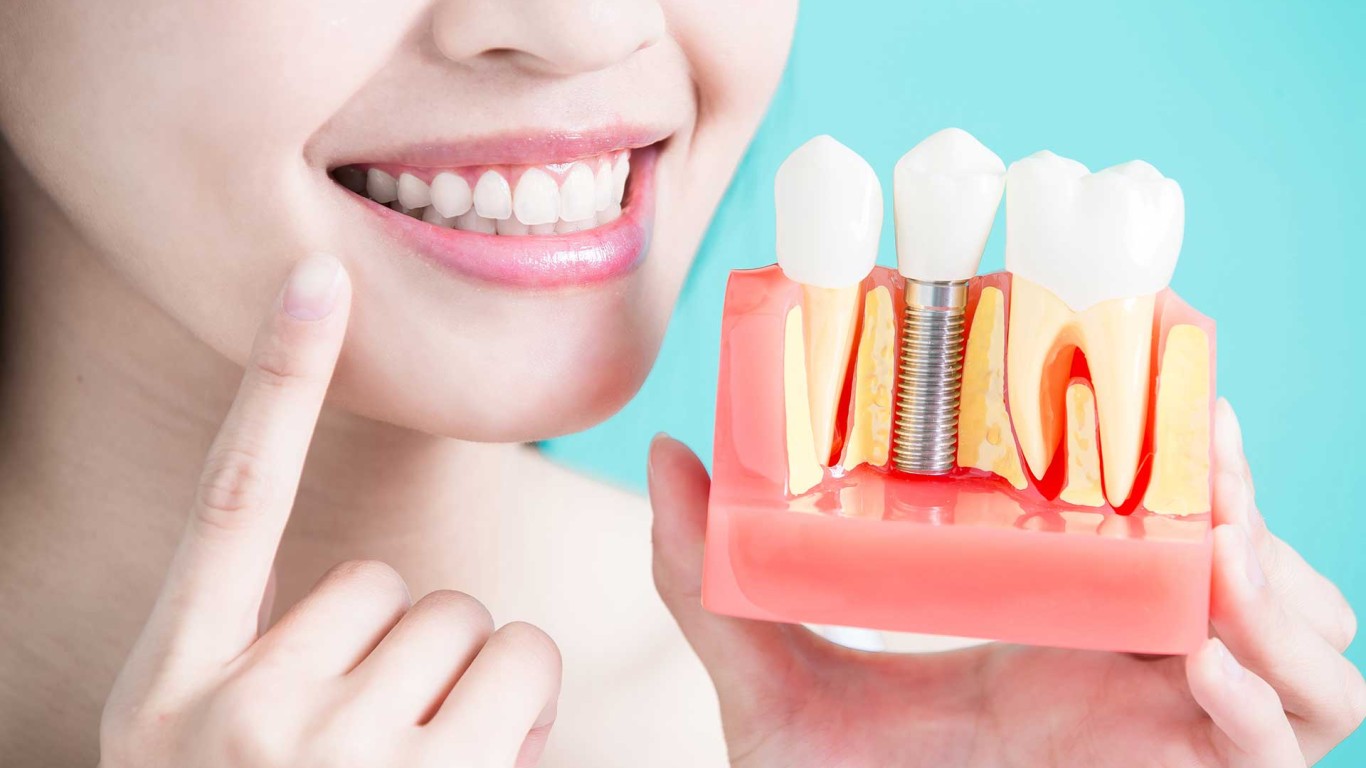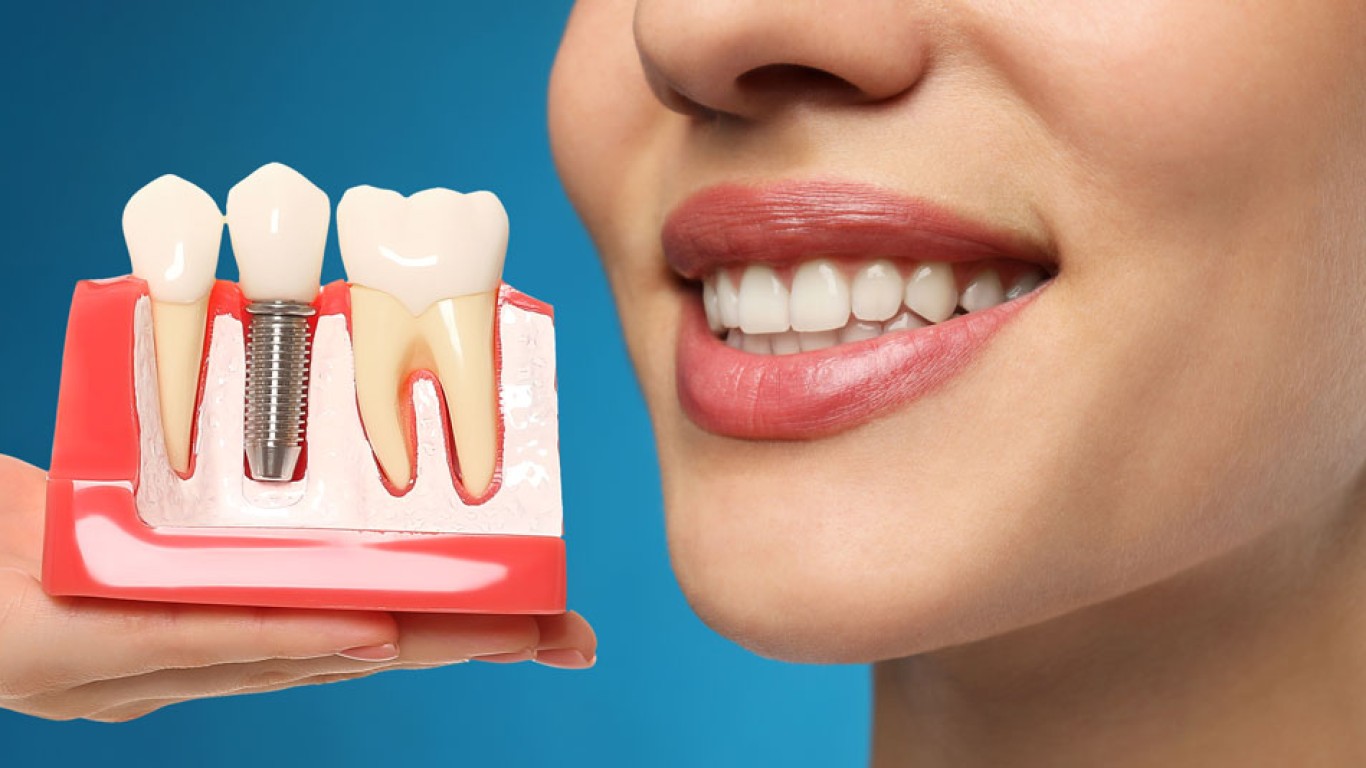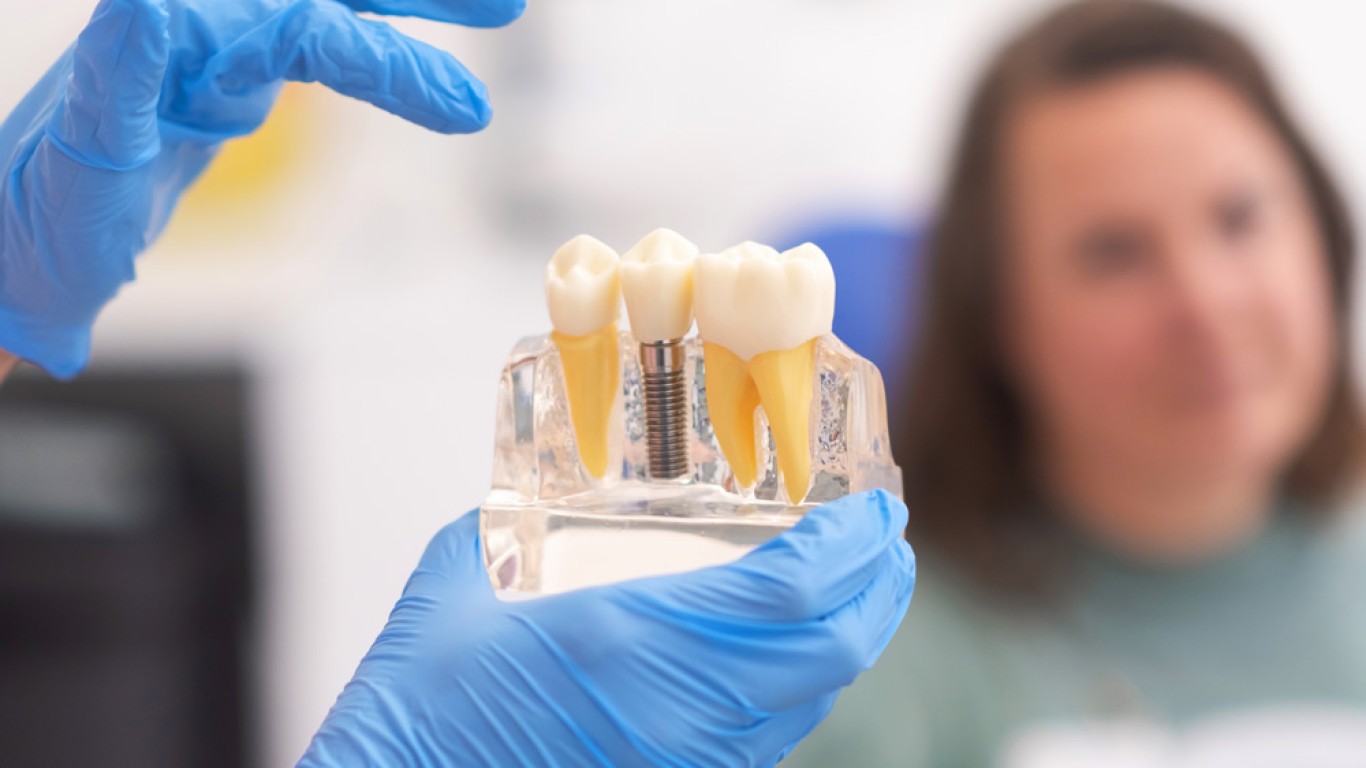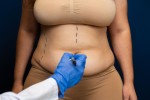What Are Dental Implants and All-on-4?
Dental implants are small titanium posts surgically placed into the jawbone. They act as artificial tooth roots. Once healed, a crown, bridge or denture is placed on top. Implants can replace a single tooth, multiple teeth, or even support full arches. The All-on-4 system is a specific technique. It uses four implants to support a full arch of prosthetic teeth. These are strategically angled and positioned for maximum support, even in cases of bone loss. Both options aim to restore function and aesthetics. However, they differ in structure, procedure and suitability. Choosing between them depends on personal needs, jawbone condition, and treatment goals.
Dental Implants vs All-on-4: How Do They Compare in Procedure?
A single dental implant involves placing one titanium post into the jawbone. After healing, a crown is attached. This process may take several months due to bone integration. All-on-4 treatment, however, is designed for immediate results. It allows for a full set of fixed teeth with just four implants. Patients leave the same day with a temporary bridge, followed by a permanent one later. Additionally, traditional implants often require bone grafting, especially when jawbone loss is present. All-on-4 bypasses this need by angling implants to maximise available bone. Therefore, while both offer excellent results, All-on-4 is faster and less invasive in many cases.
Dental Implants vs All-on-4: Which Offers Better Long-Term Results?
Both dental implants and All-on-4 are durable and long-lasting. With proper care, implants can last 20 years or more. Titanium fuses with the jawbone, creating a stable, permanent foundation. All-on-4 implants also boast impressive longevity. The key is how well the patient follows oral hygiene and care instructions. While they typically don’t last as long as individual implants, they still offer reliable outcomes for many years. Another factor is maintenance. Single implants can be cleaned like natural teeth. All-on-4 bridges require more detailed cleaning to avoid trapped food or plaque. Special tools like floss threaders or water flossers are often recommended.
Dental Implants vs All-on-4: What About Comfort and Function?
Dental implants closely mimic the function of natural teeth. They provide a natural bite force, prevent jawbone loss, and feel like real teeth. Each implant stands alone, giving a natural sensation while chewing and speaking. All-on-4 also restores function and aesthetics, but with a slight difference in feel. Since the full arch is anchored to only four points, it may not offer the exact same tactile feedback. However, modern materials and design have minimised this gap significantly. In both cases, patients report restored confidence and improved quality of life. They can eat comfortably, speak clearly, and smile confidently without worrying about shifting dentures.
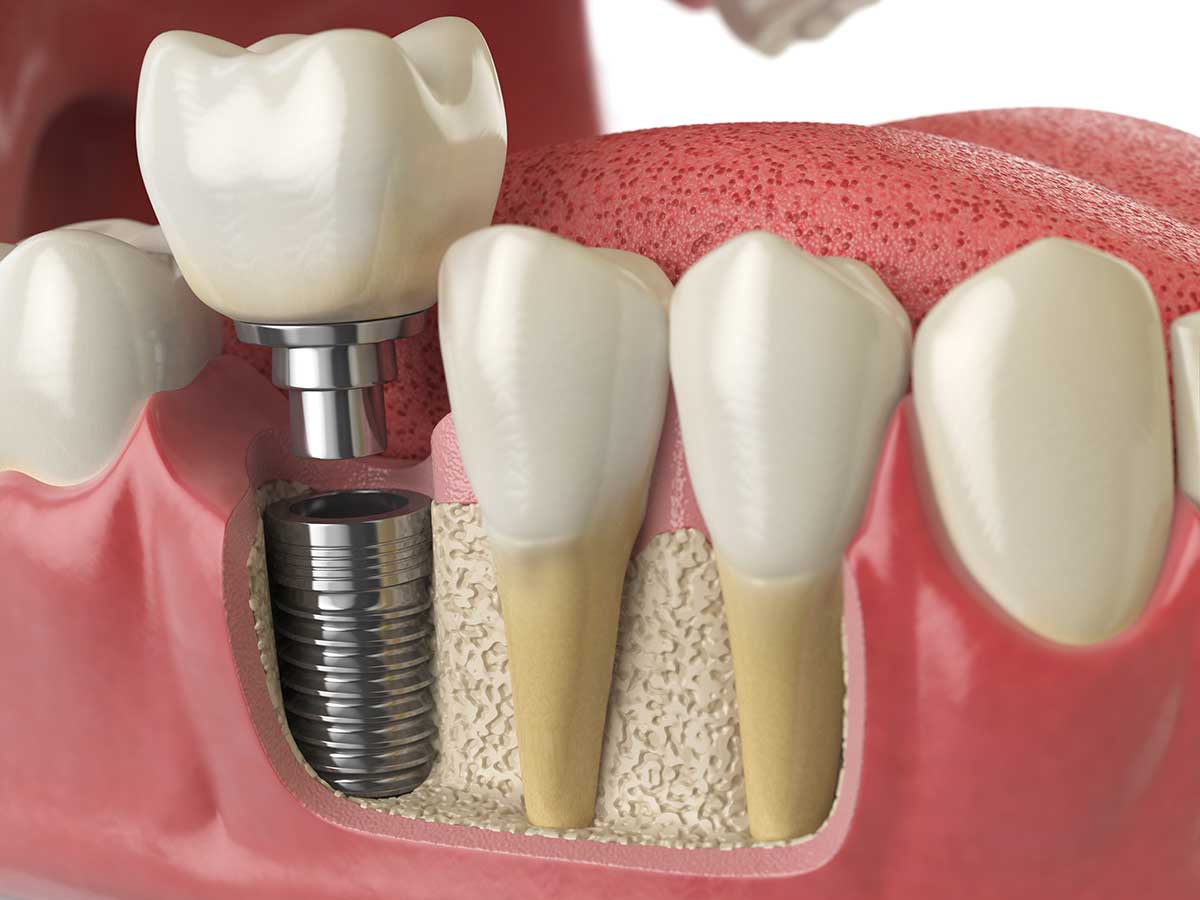
Dental Implants vs All-on-4: Which One Costs More?
Cost varies depending on the number of implants, materials used, clinic location, and surgeon expertise. Generally, traditional implants are more expensive if replacing many teeth individually. For a full arch, placing individual implants and crowns could be time-consuming and costly. All-on-4 becomes more cost-effective in such cases, offering full restoration at a lower total price. However, the initial cost of All-on-4 might still be significant. It's important to consider value over time. While traditional implants may cost more, they often last longer and require less maintenance. Always request a detailed breakdown from your clinic. Some costs may include consultation, imaging, sedation, post-op care, and follow-up appointments.
Dental Implants vs All-on-4: What Is the Healing Process Like?
Healing time varies between the two options. Dental implants need time to integrate with the bone. This process, called osseointegration, usually takes three to six months. All-on-4 offers a faster route. The implants are strategically placed and support a full arch. As such, many patients receive temporary teeth on the same day. Final prosthetics are fitted after the healing period. Despite the faster timeline, recovery protocols are similar. Patients must follow soft diets, avoid smoking, and keep the mouth clean. Swelling, bruising and discomfort are common but manageable. Follow-up care is critical. Regular check-ups ensure implants are healing properly, and no infections are developing.
Are You a Suitable Candidate?
Dental implants require sufficient jawbone density. If bone has receded, grafting may be necessary. Good overall health and non-smoking status are also important. All-on-4 can work well for patients with bone loss, thanks to the unique placement technique. This makes it ideal for those who were told they weren’t candidates for traditional implants. If you wear dentures or face multiple extractions, All-on-4 may offer a convenient, quick solution. On the other hand, those wanting a more natural feel may prefer individual implants. Your health professional will assess your medical history, perform scans and recommend the best path.
Dental Implants vs All-on-4: How Do They Affect Bone Health?
One major benefit of dental implants is jawbone stimulation. Chewing pressure transfers through the implant into the bone, keeping it strong. All-on-4 implants provide this stimulation too, though it’s distributed differently due to the bridge system. Still, it prevents bone loss much better than traditional dentures. This is because dentures sit on the gums without integration. Without implants, bone resorption can occur over time. This changes facial structure and contributes to an aged appearance. That’s why both implant methods are excellent for preserving bone health.
Can They Be Repaired or Replaced?
Yes. While implants are designed to last, complications may arise over time. Crowns or bridges may wear out or become damaged. For traditional implants, replacing a single crown is simple. If the implant post remains intact, only the top needs repair. In the All-on-4 system, if the bridge is damaged, the entire prosthetic may need replacement. However, the underlying implants can often stay in place. Maintenance is key. Attending follow-up appointments and maintaining oral hygiene helps detect issues early. This reduces the need for major repairs later on.
What’s the Verdict: Which Option Wins?
There’s no universal winner. The better choice depends on your needs, goals and jaw condition.
Choose dental implants if:
- You want natural-feeling replacements
- You need one or a few teeth replaced
- You have strong jawbone density
Choose All-on-4 if:
- You want a full arch replaced quickly
- You’ve suffered bone loss
- You prefer fewer surgeries and faster results
Consult a qualified dental professional to explore options fully. X-rays and scans can guide the best recommendation for your case.
Conclusion
Both dental implants and All-on-4 systems offer effective, long-lasting tooth replacement options. While traditional implants are more natural and customisable, All-on-4 provides a quicker solution for full-arch needs. Factors like bone health, budget, comfort and aesthetics will guide your decision. With expert consultation, you can choose the treatment that best fits your long-term dental goals.
For more information and to book a consultation visit the ACIBADEM Beauty Center Dental Treatments page.
Frequently Asked Questions
Yes, once healed. They allow for normal chewing and offer improved function compared to dentures.
Not always. It depends on jawbone density. All-on-4 can often avoid grafting altogether.
With good care, both options can last many years. Crowns may need replacement over time.
Single dental implants typically feel more natural than full bridges.
Most people return to work within a few days, depending on the procedure and discomfort levels.

